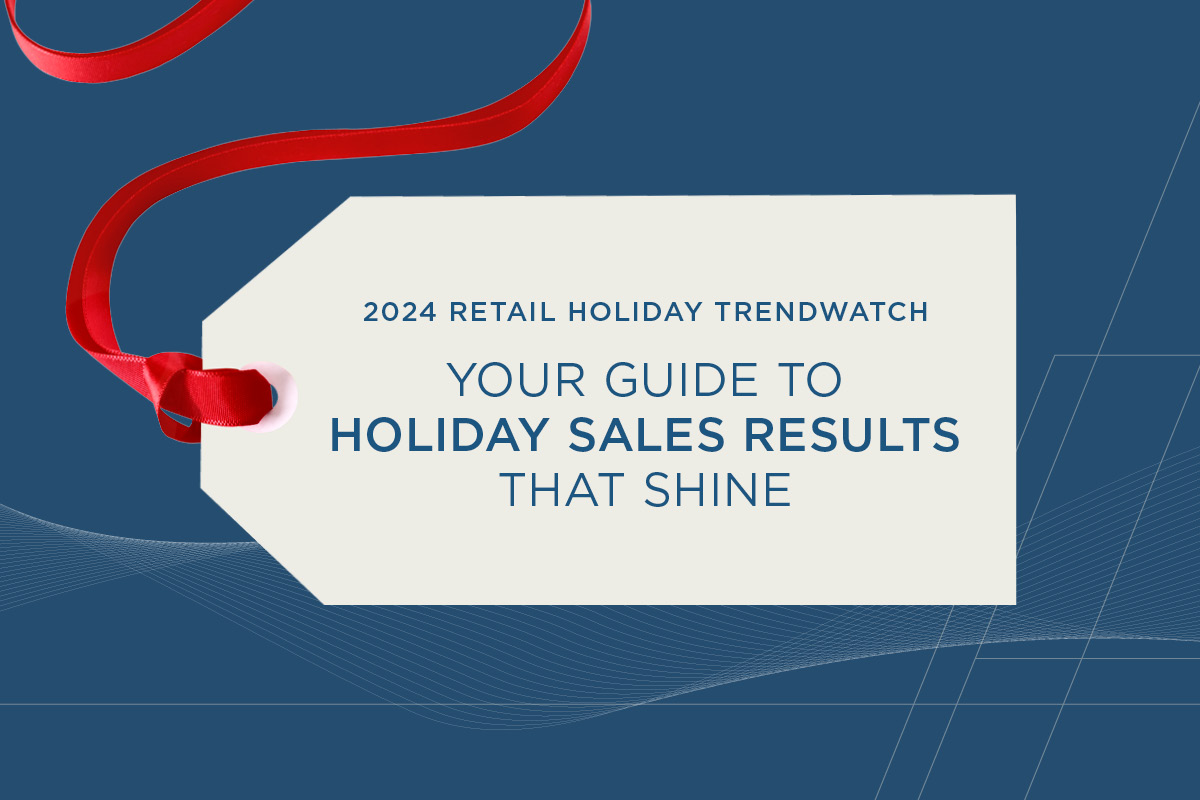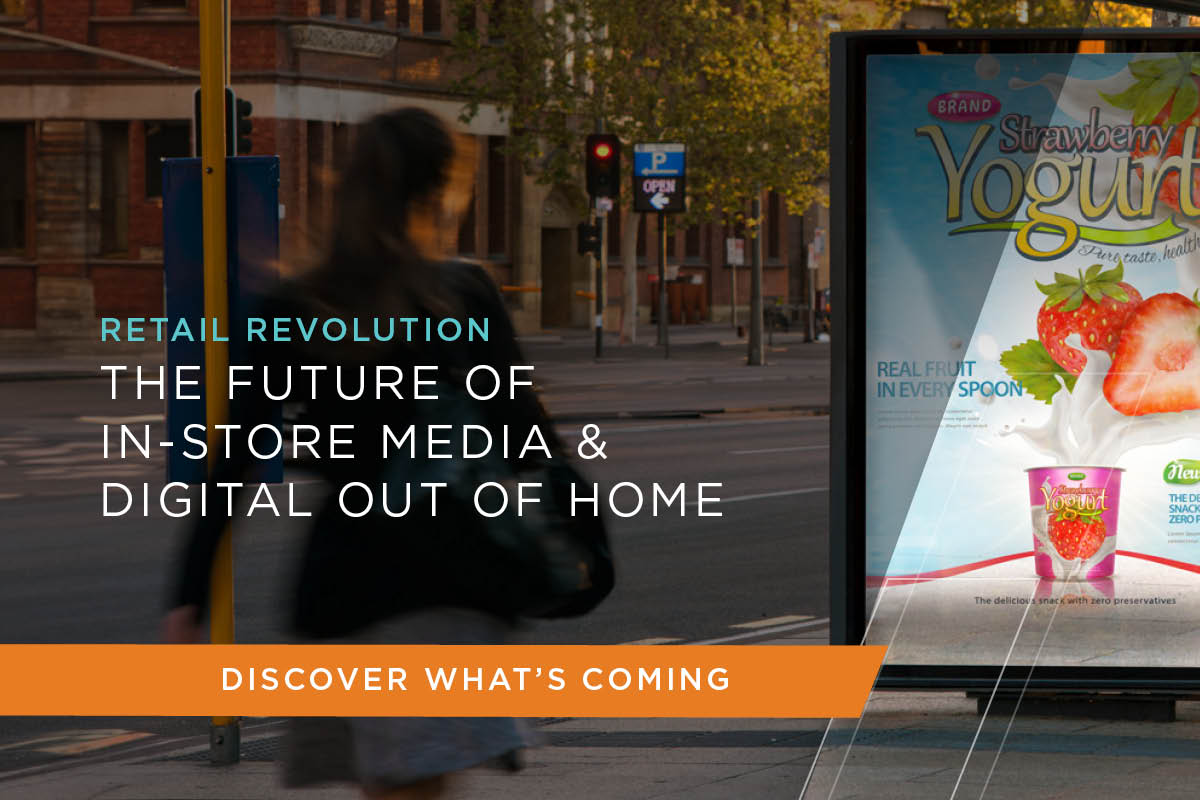Summary
To say that 2020 has been an interesting year is a huge understatement. From the COVID-19 pandemic, to the Black Lives Matter movement, to the upcoming presidential election, American consumers have a reason to be behaving and thinking differently.
These events have impacted the businesses we buy from, how we shop and how much we spend — in addition to how we interact with family and friends. As we approach the holiday season, it’s critical that retailers and brands get inside the mind of their consumers to understand their needs in this current environment — because it likely varies from years past. The ability to then execute on those insights will differentiate the winning brands this holiday season.
For a sense of how consumers will approach their holiday shopping and celebrations differently this year, Valassis conducted a survey of 1,000 U.S. consumers in September 2020. Here are five key takeaways we derived from those responses that marketers should consider as they look to tailor their holiday strategies:
1. Holiday celebrations will happen, but with reduced guest lists and budgets (for some)
With health and safety on the line this year, 75% of those surveyed said their plans to attend a holiday gathering will be impacted by pandemic-related concerns. The party isn’t over though, as half of consumers still plan to attend or host a holiday get-together in person this year. Many of these events will just be smaller in scale, with 38% of consumers reporting there will be fewer guests than usual.
Many holiday budgets will scale back as well — due to an added emphasis on savings. But this isn’t the case for all, as people have experienced varying impacts from the pandemic. This is why while 36% of consumers will decrease their holiday hosting budget, 16% plan to spend more. And, when it comes to holiday gifting, 15% of respondents anticipate spending more time and money. Ultimately, not everyone is in a position to spend as much or more than they have in the past, but those who can, will look to splurge.
2. Consumers will go big in other ways — making the holidays extra special this year
As many people have faced a difficult year due to the COVID-19 pandemic, they’re looking forward to the holidays as a bright spot — to close out 2020 on a positive note. In fact, 39% of respondents (and 51% of 25- to 34-year-olds) want the holidays to be extra special this year — with 17% investing additional time, money, and resources into holiday gatherings for that reason. Additionally, more than half (56%) of consumers, and 77% of those aged 25 to 34, are likely to treat themselves with unplanned purchases during their holiday shopping.
Despite the challenges this year has brought, all is not lost and it’s nice to see consumers’ optimism. Brands can play a role here, providing shoppers with ideas and offers to make the season special — whether that’s to treat themselves, splurge on a gift, or throw an intimate yet extravagant party.
3. Brands’ values will play a role in social-aware shopping
This year has seen a spike in consumers expecting more from the businesses they purchase from — specifically their values in how they promote diversity and inclusion. According to the Valassis survey, 38% of consumers plan to intentionally conduct holiday shopping at a business either owned by a person of color or that promotes diversity.
This doesn’t mean businesses should virtue signal. Rather, it’s important to be authentic to your brand’s values, and have a strategy around that — not a one-off donation or social media post to look the part. Do what is true to your company culture and mission — and know that your shoppers will be paying attention.
4. Buy online, pick up in store (BOPIS) will be key for omnichannel experiences
Twenty-nine percent of consumers said they plan to use BOPIS during their holiday shopping this year, with 14% expecting to use it for the first time. Those looking to embrace this service will do so for a variety of reasons: avoiding physical stores because of COVID-19 concerns (34%), shipping costs (25%), delays in arrival of items (19%), and in-store lines (20%).
During the pandemic, we’ve seen more shoppers test this service or use it more frequently. The reasons for doing so will continue into the holiday season — especially as stores may be more crowded amid the rush to purchase gifts and other holiday items, and consumers are on deadline for when they need these items by. Retailers not integrating online and offline channels to provide this offering are clearly missing out.
5. Promotional events will play an important role in driving purchasing decisions
As consumers determine what to buy (30% are still deciding on gift ideas) and seek savings (47% are planning to spend less and save more this holiday season), there is an opportunity for brands and retailers to stand out with promotional events.
Amazon Prime Day underscores this, considering that 53% of shoppers (71% among those aged 25 to 34) had planned in advance to shop the sales event on October 13–14 for holiday gifts. It’s clear that timely deals and offers can go a long way with shoppers, especially those who have reduced budgets this year.
Regardless of a desire to save and stay safe, consumers still have holiday hosting and gifting needs — with some even spending more than years past. Brands and retailers with a deep understanding of their audience with a willingness to pivot to meet these shifting behaviors in creative ways will inspire consumers to try new things or add something to their cart this holiday to make it perhaps more special than ever.
Carrie Parker is vice president of marketing at Valassis. Carrie has more than 20 years of experience spanning marketing and brand strategy. At Valassis, she leads a team of content, brand, and product marketers, responsible for driving the company’s positioning and go-to-market execution.



